-
 Bitcoin
Bitcoin $106,754.6083
1.33% -
 Ethereum
Ethereum $2,625.8249
3.80% -
 Tether USDt
Tether USDt $1.0001
-0.03% -
 XRP
XRP $2.1891
1.67% -
 BNB
BNB $654.5220
0.66% -
 Solana
Solana $156.9428
7.28% -
 USDC
USDC $0.9998
0.00% -
 Dogecoin
Dogecoin $0.1780
1.14% -
 TRON
TRON $0.2706
-0.16% -
 Cardano
Cardano $0.6470
2.77% -
 Hyperliquid
Hyperliquid $44.6467
10.24% -
 Sui
Sui $3.1128
3.86% -
 Bitcoin Cash
Bitcoin Cash $455.7646
3.00% -
 Chainlink
Chainlink $13.6858
4.08% -
 UNUS SED LEO
UNUS SED LEO $9.2682
0.21% -
 Avalanche
Avalanche $19.7433
3.79% -
 Stellar
Stellar $0.2616
1.64% -
 Toncoin
Toncoin $3.0222
2.19% -
 Shiba Inu
Shiba Inu $0.0...01220
1.49% -
 Hedera
Hedera $0.1580
2.75% -
 Litecoin
Litecoin $87.4964
2.29% -
 Polkadot
Polkadot $3.8958
3.05% -
 Ethena USDe
Ethena USDe $1.0000
-0.04% -
 Monero
Monero $317.2263
0.26% -
 Bitget Token
Bitget Token $4.5985
1.68% -
 Dai
Dai $0.9999
0.00% -
 Pepe
Pepe $0.0...01140
2.44% -
 Uniswap
Uniswap $7.6065
5.29% -
 Pi
Pi $0.6042
-2.00% -
 Aave
Aave $289.6343
6.02%
How to read the volume-price divergence of the time-sharing chart? This technique is very practical!
Volume-price divergence in crypto trading signals potential trend reversals when price and volume move oppositely, offering key insights for traders.
Jun 16, 2025 at 08:35 am
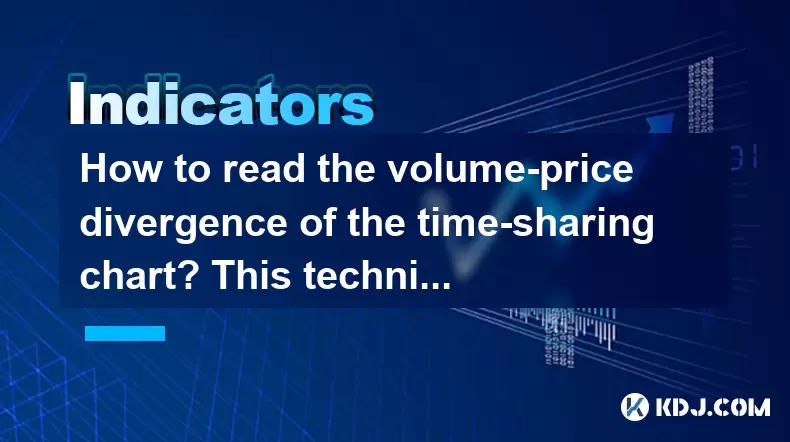
Understanding Volume-Price Divergence in Cryptocurrency Trading
In the world of cryptocurrency trading, technical analysis plays a crucial role in predicting market movements. One of the most effective tools used by seasoned traders is the concept of volume-price divergence. This phenomenon occurs when the price of a cryptocurrency and its corresponding trading volume move in opposite directions. Understanding this divergence can provide valuable insights into potential reversals or continuations in price trends.
The time-sharing chart, often referred to as the time-based chart, allows traders to observe both price and volume changes over specific intervals. By analyzing these two components together, traders can detect early signs of strength or weakness in an asset's movement.
Identifying Price Trends on Time-Sharing Charts
Before diving into volume analysis, it's essential to first identify the prevailing price trend on the time-sharing chart. Look for clear patterns such as higher highs and higher lows in an uptrend, or lower highs and lower lows in a downtrend.
To do this effectively:
- Zoom in on the chart to view smaller time frames like 15-minute or 30-minute intervals.
- Use moving averages (such as the 20-period SMA) to smooth out price fluctuations and better visualize the trend direction.
- Mark key support and resistance levels to understand where the price might reverse or continue.
These steps will help you establish a baseline before incorporating volume data into your analysis.
Analyzing Volume Behavior Alongside Price Movements
Once the price trend is identified, the next step involves observing how trading volume behaves during price movements. In healthy trends, volume should align with the direction of the price:
- During an uptrend, rising prices should be accompanied by increasing volume.
- During a downtrend, falling prices should also see rising volume.
If the price continues to rise but volume begins to decline, this could signal a weakening trend. Similarly, if the price drops while volume remains low, it may indicate a lack of conviction among sellers.
Detecting Bullish and Bearish Divergences
Volume-price divergence can be categorized into two main types: bullish divergence and bearish divergence.
Bullish divergence occurs when:
- The price makes a new low, but the volume does not confirm this move by also hitting a new low.
This suggests that selling pressure is decreasing, which may lead to a reversal.
Bearish divergence appears when:
- The price reaches a new high, but the volume fails to match this high.
This indicates that buying interest is waning, potentially signaling a top.
To spot these divergences clearly:
- Draw trendlines under the volume bars to compare them with price action.
- Use oscillators like the On-Balance Volume (OBV) to visually track volume momentum.
- Compare peaks and troughs in both price and volume to look for mismatches.
Using Volume Indicators to Confirm Divergence
While visual inspection is helpful, using technical indicators can enhance the accuracy of divergence detection. One popular tool is the Volume Oscillator, which calculates the difference between two moving averages of volume.
Another powerful indicator is the Money Flow Index (MFI), which incorporates both price and volume to show overbought or oversold conditions. When MFI diverges from price, it can serve as a strong confirmation of a potential reversal.
Here’s how to set up these indicators:
- Add the Volume Oscillator to your chart by selecting two periods (e.g., 14 and 28).
- Overlay the MFI with a standard period of 14 to gauge buying and selling pressure.
- Watch for crossovers and divergences between these indicators and price.
Practical Steps to Trade Based on Volume-Price Divergence
Now that you've identified a divergence, here's how to turn it into actionable trades:
- Wait for confirmation: Don’t act immediately upon spotting a divergence. Wait for a candlestick pattern or a breakout from a key level to confirm the reversal.
- Set entry points: Once confirmed, enter the trade in the direction of the expected reversal.
- Place stop-loss orders: Position your stop-loss just beyond the recent swing high or low to manage risk.
- Monitor volume again: After entering the trade, check whether volume supports the new direction. If it doesn’t, consider exiting early.
Keep in mind that divergence is not always a guarantee of reversal. It simply signals a potential shift in momentum.
Frequently Asked Questions
Q: Can volume-price divergence occur on all timeframes?
Yes, volume-price divergence can appear on any timeframe, from 1-minute charts to weekly charts. However, divergences observed on higher timeframes tend to carry more weight due to stronger institutional participation.
Q: What if the volume increases but the price doesn't move much?
This scenario often indicates a consolidation phase. High volume without significant price movement suggests indecision in the market and may precede a breakout once a new direction is established.
Q: How reliable is volume-price divergence compared to other technical indicators?
Volume-price divergence is considered a leading indicator because it can signal potential reversals before they happen. While it’s not foolproof, combining it with other tools like moving averages or Fibonacci retracements can significantly improve accuracy.
Q: Is volume data reliable across all cryptocurrency exchanges?
Not all exchanges report accurate volume data. Some inflate their numbers through wash trading. Always cross-reference with third-party platforms like CoinGecko or CoinMarketCap to verify real trading activity.
Disclaimer:info@kdj.com
The information provided is not trading advice. kdj.com does not assume any responsibility for any investments made based on the information provided in this article. Cryptocurrencies are highly volatile and it is highly recommended that you invest with caution after thorough research!
If you believe that the content used on this website infringes your copyright, please contact us immediately (info@kdj.com) and we will delete it promptly.
- 2025-W Uncirculated American Gold Eagle and Dr. Vera Rubin Quarter Mark New Products
- 2025-06-13 06:25:13
- Ruvi AI (RVU) Leverages Blockchain and Artificial Intelligence to Disrupt Marketing, Entertainment, and Finance
- 2025-06-13 07:05:12
- H100 Group AB Raises 101 Million SEK (Approximately $10.6 Million) to Bolster Bitcoin Reserves
- 2025-06-13 06:25:13
- Galaxy Digital CEO Mike Novogratz Says Bitcoin Will Replace Gold and Go to $1,000,000
- 2025-06-13 06:45:13
- Trust Wallet Token (TWT) Price Drops 5.7% as RWA Integration Plans Ignite Excitement
- 2025-06-13 06:45:13
- Ethereum (ETH) Is in the Second Phase of a Three-Stage Market Cycle
- 2025-06-13 07:25:13
Related knowledge

How to confirm the effectiveness of the average price line support in the time-sharing chart?
Jun 17,2025 at 12:56am
Understanding the Time-Sharing Chart and Its RelevanceIn cryptocurrency trading, time-sharing charts play a crucial role in analyzing short-term price movements. These charts typically display price fluctuations over a specific period, often ranging from minutes to hours. Traders rely on them to make quick decisions based on real-time data. The average ...

What does it mean when the momentum indicator breaks above the zero axis?
Jun 17,2025 at 12:43am
Understanding the Momentum IndicatorThe momentum indicator is a technical analysis tool used to measure the speed or velocity of price movements in cryptocurrency markets. It helps traders identify potential trend reversals, overbought or oversold conditions, and confirms existing trends. The indicator typically oscillates around a zero line, with value...
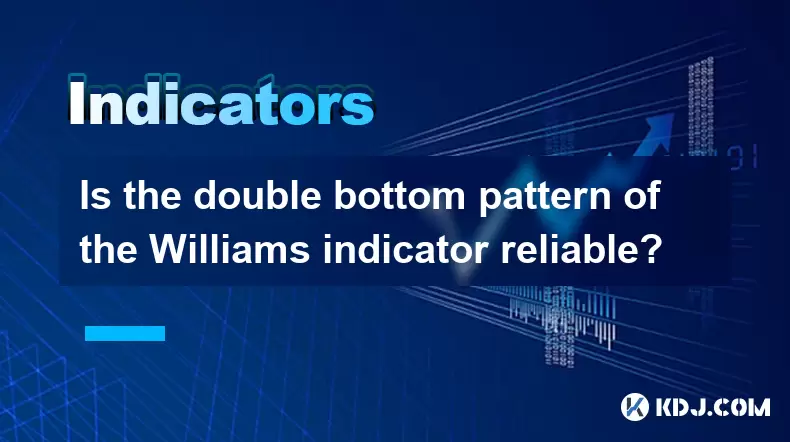
Is the double bottom pattern of the Williams indicator reliable?
Jun 17,2025 at 03:56am
Understanding the Williams Indicator and Its SignificanceThe Williams %R indicator, often referred to as Williams Percent Range, is a momentum oscillator used in technical analysis to identify overbought or oversold conditions in the market. Developed by Larry Williams, this indicator fluctuates between 0 and -100, with readings above -20 indicating ove...
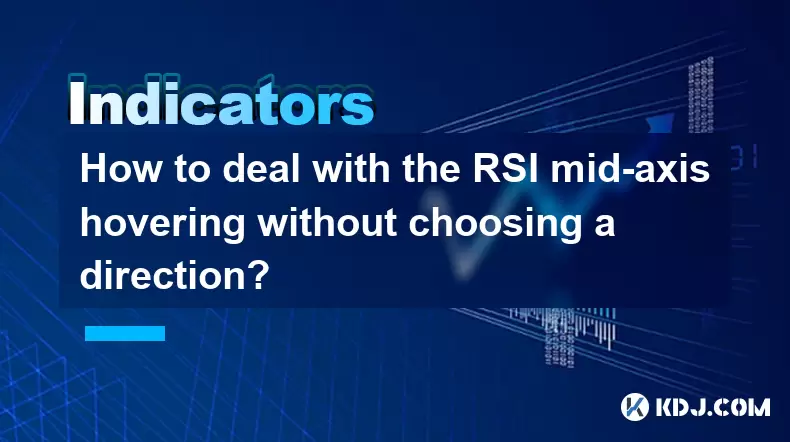
How to deal with the RSI mid-axis hovering without choosing a direction?
Jun 17,2025 at 02:02am
Understanding RSI Mid-Axis Hovering in Cryptocurrency TradingThe Relative Strength Index (RSI) is a popular momentum oscillator used by traders to assess whether an asset is overbought or oversold. In cryptocurrency markets, it's common for the RSI to hover around its mid-axis, typically at the 50 level, without showing a clear upward or downward trend....
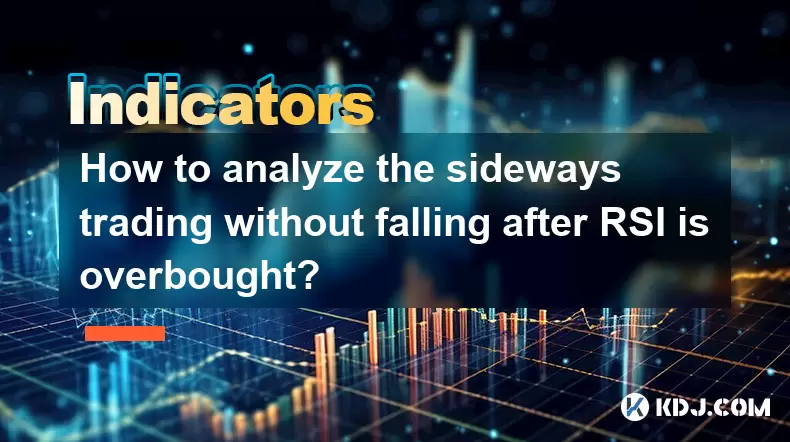
How to analyze the sideways trading without falling after RSI is overbought?
Jun 17,2025 at 04:14am
Understanding RSI and Its Role in Cryptocurrency TradingThe Relative Strength Index (RSI) is a momentum oscillator used to measure the speed and change of price movements. In the context of cryptocurrency trading, it helps traders identify potential overbought or oversold conditions. When the RSI exceeds 70, it typically signals that an asset may be ove...
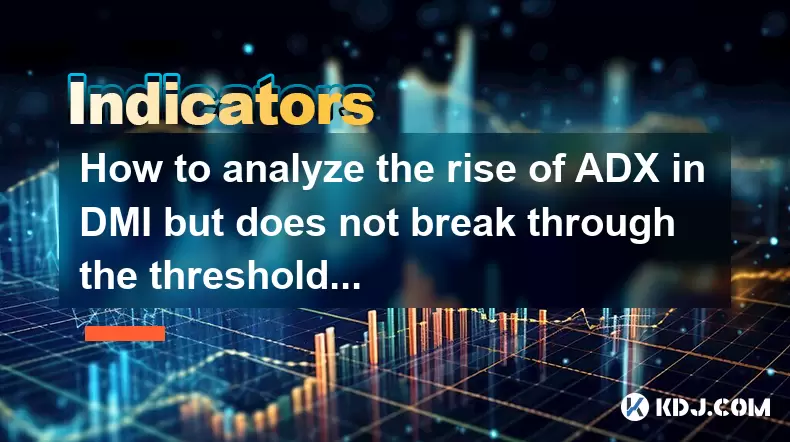
How to analyze the rise of ADX in DMI but does not break through the threshold?
Jun 16,2025 at 11:49pm
Understanding ADX and DMI in Cryptocurrency TradingIn cryptocurrency trading, ADX (Average Directional Index) is a technical indicator used to measure the strength of a trend. It works in conjunction with the DMI (Directional Movement Indicator), which includes two components: +DI (Positive Directional Indicator) and -DI (Negative Directional Indicator)...

How to confirm the effectiveness of the average price line support in the time-sharing chart?
Jun 17,2025 at 12:56am
Understanding the Time-Sharing Chart and Its RelevanceIn cryptocurrency trading, time-sharing charts play a crucial role in analyzing short-term price movements. These charts typically display price fluctuations over a specific period, often ranging from minutes to hours. Traders rely on them to make quick decisions based on real-time data. The average ...

What does it mean when the momentum indicator breaks above the zero axis?
Jun 17,2025 at 12:43am
Understanding the Momentum IndicatorThe momentum indicator is a technical analysis tool used to measure the speed or velocity of price movements in cryptocurrency markets. It helps traders identify potential trend reversals, overbought or oversold conditions, and confirms existing trends. The indicator typically oscillates around a zero line, with value...

Is the double bottom pattern of the Williams indicator reliable?
Jun 17,2025 at 03:56am
Understanding the Williams Indicator and Its SignificanceThe Williams %R indicator, often referred to as Williams Percent Range, is a momentum oscillator used in technical analysis to identify overbought or oversold conditions in the market. Developed by Larry Williams, this indicator fluctuates between 0 and -100, with readings above -20 indicating ove...

How to deal with the RSI mid-axis hovering without choosing a direction?
Jun 17,2025 at 02:02am
Understanding RSI Mid-Axis Hovering in Cryptocurrency TradingThe Relative Strength Index (RSI) is a popular momentum oscillator used by traders to assess whether an asset is overbought or oversold. In cryptocurrency markets, it's common for the RSI to hover around its mid-axis, typically at the 50 level, without showing a clear upward or downward trend....

How to analyze the sideways trading without falling after RSI is overbought?
Jun 17,2025 at 04:14am
Understanding RSI and Its Role in Cryptocurrency TradingThe Relative Strength Index (RSI) is a momentum oscillator used to measure the speed and change of price movements. In the context of cryptocurrency trading, it helps traders identify potential overbought or oversold conditions. When the RSI exceeds 70, it typically signals that an asset may be ove...

How to analyze the rise of ADX in DMI but does not break through the threshold?
Jun 16,2025 at 11:49pm
Understanding ADX and DMI in Cryptocurrency TradingIn cryptocurrency trading, ADX (Average Directional Index) is a technical indicator used to measure the strength of a trend. It works in conjunction with the DMI (Directional Movement Indicator), which includes two components: +DI (Positive Directional Indicator) and -DI (Negative Directional Indicator)...
See all articles

























































































